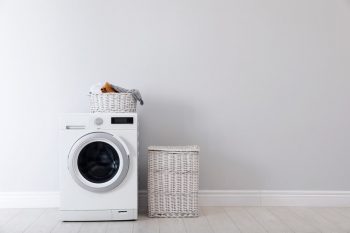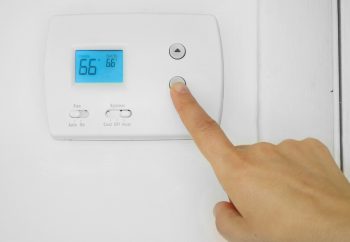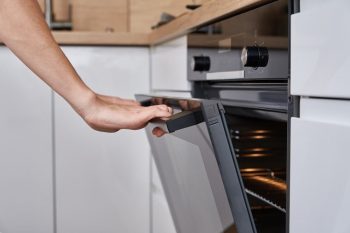
Oven mitts are a crucial part of every kitchen, providing a protective barrier between your hands and hot dishes, oven racks, and stovetops. But have you ever stopped to wonder how exactly oven mitts work to protect your hands from high temperatures? In this comprehensive guide, we delve into the science behind oven mitts, the materials used in their construction, and how to choose and maintain them for optimal performance.
Oven mitts work by providing a layer of thermal insulation between your hands and the heat source, preventing the transfer of heat and thus protecting your hands from burns. The effectiveness of an oven mitt depends on the material it’s made from, with materials like cotton, silicone, neoprene, and aramid offering varying degrees of heat resistance, durability, and comfort.
The Science Behind Oven Mitts
The primary function of an oven mitt is to protect the wearer’s hands from hot objects, such as ovens, stoves, and cookware. Oven mitts work by providing a layer of thermal insulation between your hands and the heat source. They are designed to be thermally insulated, preventing heat from transferring through the glove to your hand, thereby preventing burns and injuries.
Materials Used in Oven Mitts
Oven mitts are made from a variety of materials, including cotton, silicone, neoprene, and aramid. The material of the oven mitt determines its heat resistance, durability, and comfort.
- Cotton Oven Mitts: Thick, 100% cotton fabrics are a common choice for the outer layer of oven mitts. The inside layer can be made of heat-resistant materials such as cotton batting or Insul-Bright. Cotton oven mitts are easy to clean but may not provide the highest level of heat resistance.
- Silicone Oven Mitts: Silicone oven mitts can withstand higher temperatures and offer a sturdy grip. They are also water-resistant and easy to clean.
- Neoprene Oven Mitts: Neoprene, a type of synthetic rubber, is machine washable and offers better heat resistance than cotton mitts.
- Aramid Oven Mitts: Aramid fabric, used in firefighting gear, offers high heat resistance and durability.
How Materials Provide Heat Protection
Materials provide protection from heat through various mechanisms, such as reflecting radiant heat, insulating against heat transfer, and dissipating heat through ablation or radiation. Some common heat-resistant materials include aluminized fiberglass, silica fabric, ceramic thermal protection materials, and aluminized fabrics.
Choosing the Right Oven Mitt
When choosing an oven mitt, consider factors such as material, coverage, heat resistance, grip and fit, ease of cleaning, durability, design, and budget.
Using and Maintaining Oven Mitts
To ensure the optimal performance and longevity of your oven mitts, it’s important to use them properly and maintain them regularly. This includes using dry and well-insulated oven mitts, replacing worn-out mitts, washing your oven mitts regularly, using separate mitts for raw meats and other foods, and storing your oven mitts properly.
Safety Precautions
When using oven mitts, always follow safety precautions to avoid burns, cross-contamination, and other potential hazards.
Conclusion
Understanding how oven mitts work and how to choose, use, and maintain them can help you stay safe in the kitchen. By taking these factors into account, you can choose an oven mitt that provides the best protection and functionality for your cooking needs.
Frequently Asked Questions
What temperatures can oven mitts withstand?
The temperature resistance of oven mitts can vary based on the material. For instance, cotton oven mitts can typically withstand temperatures up to 200°F, silicone oven mitts can handle up to 500°F, and aramid oven mitts can withstand temperatures up to 1472°F.
How often should I replace my oven mitts?
The frequency of replacing oven mitts depends on their usage and condition. If you notice any signs of wear and tear, such as thinning fabric or holes, it’s time to replace them. Generally, it’s a good idea to replace your oven mitts every one to two years.
How should I clean my oven mitts?
Most cotton and neoprene oven mitts can be machine washed and dried. Silicone and aramid oven mitts can be cleaned with a damp cloth or sponge and mild detergent. Always check the care instructions provided by the manufacturer.
Is it safe to use oven mitts when they are wet?
No, it’s not safe to use oven mitts when they’re wet. Water is a good conductor of heat, so a wet oven mitt could lead to burns. Always make sure your oven mitts are dry before using them.
Can I use oven mitts to handle foods directly?
No, oven mitts are designed to protect your hands from hot cookware, not to handle food directly. Always use appropriate utensils to handle food.











